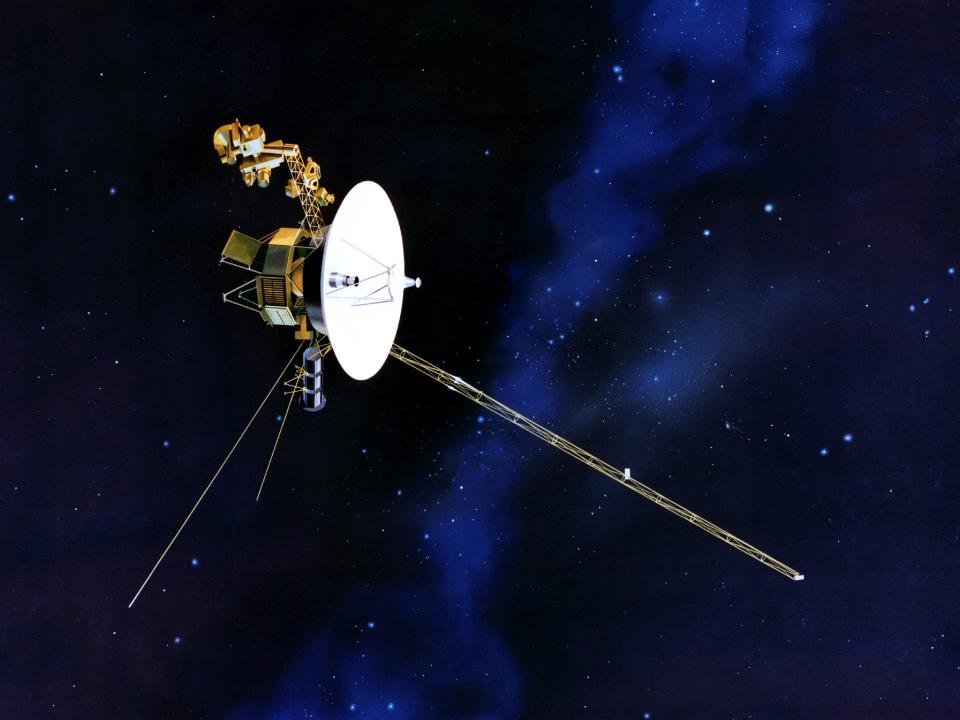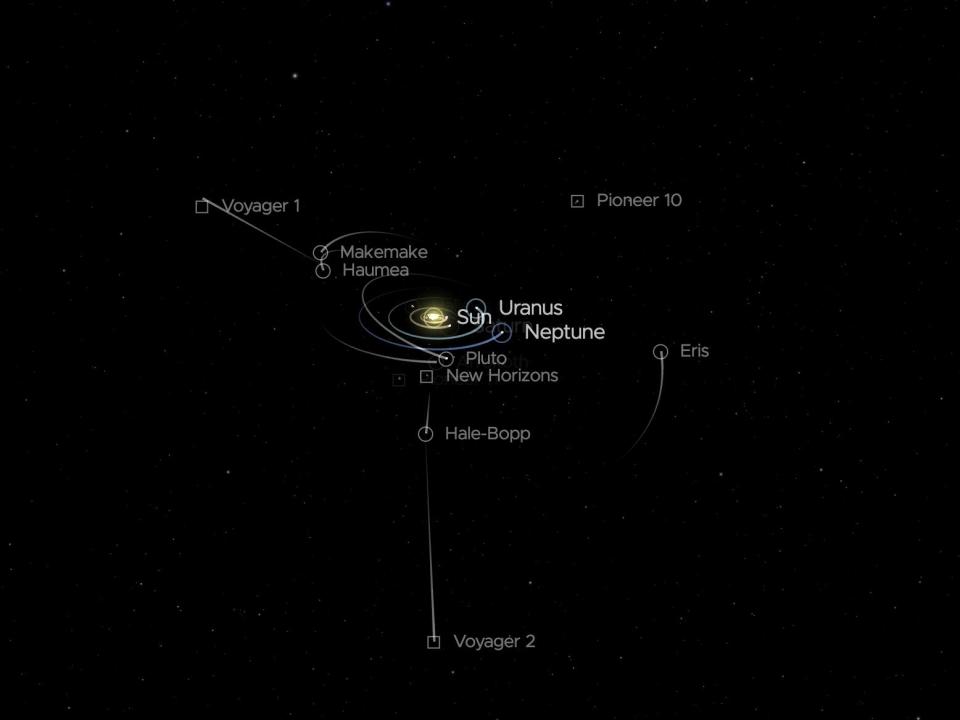Voyager 2 has been in space for 45 years. NASA just found a way to keep it alive for another 3, despite it being 12 billion miles from Earth.

NASA has hacked a backup source of power to keep Voyager 2 working.
The switch should keep the probe, which launched in 1977, alive for another three years.
Together, Voyager 1 and 2 have traveled further than any other spacecraft.
Voyager 2's demise has been postponed after NASA found a way to hack a backup source of power to keep the probe going until 2026.
Voyager 1 and 2 have provided crucial scientific information in their 45 years of spaceflight.
Today, the probes are traveling in interstellar space, 12 and 14 billion miles away from Earth. That's further than any spacecraft or human-made object has gone before.
"The science data that the Voyagers are returning gets more valuable the farther away from the sun they go," said Linda Spilker, Voyager's project scientist at NASA's Jet Propulsion Laboratory in Southern California.
"We are definitely interested in keeping as many science instruments operating as long as possible."
The probes have been traveling for 45 years

Voyager 1 and 2 set off a month apart in 1977. The probes were initially meant to set off on a four-year mission to sail past Saturn and Jupiter. They were launched with a "golden record" with information that would provide aliens with information about the Earth.
But the probes kept exceeding expectations, and NASA has continually extended their missions, first to visit Neptune and Uranus, then to sail further than any other probe: past the heliosphere.

The heliosphere is a bubble of particles and magnetic fields that extend from the sun. This sphere is particularly important for Earth because it protects us from galactic cosmic radiation.
Because the probes are now outside of this heliosphere, their measurements provide unprecedented insights into the bubble's properties, like its shape and its protective role.

NASA hacked the ancient probe's power system

The probes are powered by generators that convert heat from decaying plutonium into electricity. As this energy source becomes weaker, NASA engineers have had to shut down non-essential instruments, like the probes' cameras and heaters, to conserve power.
But as Voyager 2 was entering its last energy reserves, NASA engineers came up with a clever hack that would allow it to stay alive a little longer.
They found a way to divert power from a safety mechanism designed to turn on if the probes' circuit malfunctions because of voltage variations.
"Variable voltages pose a risk to the instruments, but we've determined that it's a small risk, and the alternative offers a big reward of being able to keep the science instruments turned on longer," said Suzanne Dodd, Voyager's project manager at JPL, said in a press release.
"We've been monitoring the spacecraft for a few weeks, and it seems like this new approach is working."
NASA may consider using it on Voyager 1. One of Voyager 1's instruments previously malfunctioned, which means the probe has not been using up as much power as Voyager 2.
The decision to switch off instruments for Voyager 1 will be made next year, according to the space agency.
Read the original article on Business Insider

 Yahoo News
Yahoo News 